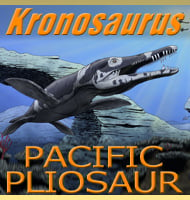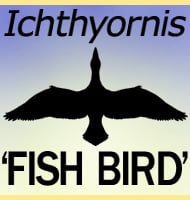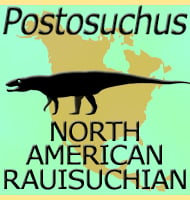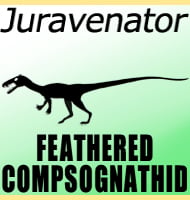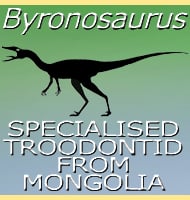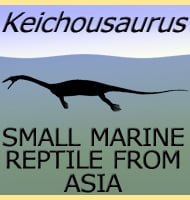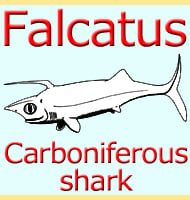In Depth
Victoriaceros is a genus of extinct elamostherine rhinoceros that lived in what is now Kenya during the mid Miocene. The nasal horn of Victoriaceros has been noted as being particularly large. Victoriaceros is named after Lake Victoria in Kenya which is near where the holotype remains were found. The type species name means ‘from Kenya’.
Further Reading
- A New Rhinoceros, Victoriaceros kenyensis gen. et sp. nov., and Other Perissodactyla from the Middle Miocene of Maboko, Kenya - Denis Geraads, Monte McCrossin and Brenda Benefit - 2012.- New Rhinocerotidae from the Kisingiri localities (lower Miocene of Western Kenya). – Journal of Vertebrate Paleontology. 36 (3): e1103247. – Denis Geraads, Thomas Lehmann, Daniel J. Peppe & Kieran P. Mcnulty – 2016.

